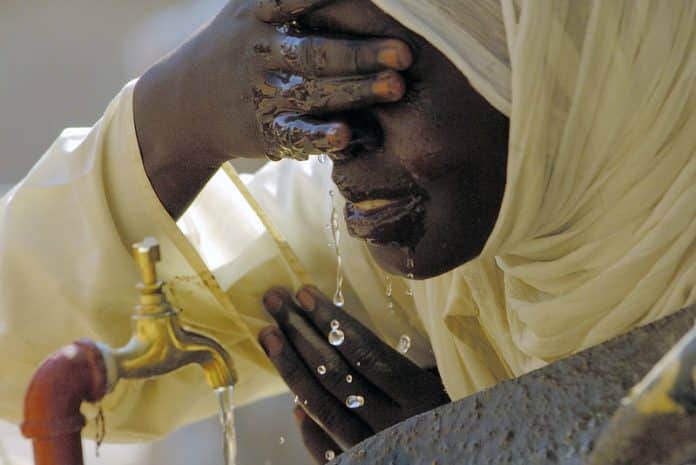What is the background of the conflict?
Sudan, a Northeast African country with a population of almost 46 million people, has long experienced tensions in the political and social spectrum and had over 15 military coups since its independence in 1956.
The 21st century in Sudan has been characterized by prolonged instability, racial and ethnic tensions, and a revolution ending with a coup d’état abolishing the lasting Al-Bashir’s regime. The weakening economy of Sudan and the intensifying protests that followed were accompanied by a growing rift between the Sudan Armed Forces (SAF), the military forces and Rapid Support Forces (RSF), the paramilitary forces formerly operated by the Government of Sudan, successor to the Janjaweed militias, which the Sudanese regime operated in Darfur in the early 2000s.
The country plunged into a full-scale conflict when fighting broke out between the two rival factions of the military government in the capital Khartoum and quickly escalated to other regions of Sudan.
What impact does it have?
Displacement
Approximately 4.57 million people have been internally displaced within Sudan due to ongoing fighting, seeking refuge in 4,658 locations across all 18 states, with the majority (69%) originating from Khartoum. Additionally, around 1.1 million individuals have crossed into neighbouring countries, including the Central African Republic, Chad, Egypt, Ethiopia, and South Sudan, as reported by the UN Refugee Agency (UNHCR) as of October 8.
Hunger
The ongoing devastating conflict in Sudan, compounded by acute food insecurity, disease outbreaks, civilian displacement, and livelihood destruction, poses a severe threat to the entire country. Approximately 15 million people, constituting 31% of the population, are acutely food insecure from October 2023 to February 2024, nearly double the figures from the previous year.
Disease outbreaks, including cholera, are rampant, with 1,457 suspected cases reported, alongside ongoing outbreaks of measles, malaria, and dengue across multiple states. The challenges of insecurity, displacement, and limited access to essential resources further impede healthcare delivery nationwide.
Education
The ongoing conflict in Sudan has deprived approximately 12 million children of education since April, with the total number of out-of-school children in the country now reaching 19 million, as reported by Save the Children and UNICEF. One in three children, totalling 6.5 million, has lost access to schools due to increased violence and insecurity, leading to the closure of at least 10,400 schools in conflict-affected areas. Another 5.5 million children in less affected regions are awaiting confirmation from local authorities on whether classrooms can be reopened.
The war’s continuation threatens to exacerbate the education crisis, exposing children to immediate and long-term dangers such as displacement, recruitment into armed groups, and sexual violence. UNICEF warns that Sudan is on the brink of the world’s worst education crisis.

